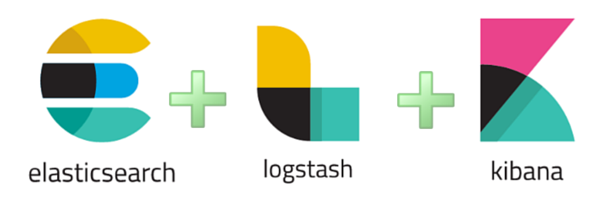Blog
What is ELK Stack?
ELK Stack is the leading open-source IT log management solution for companies who want the benefits of a centralized logging solution without the enterprise software price. Elasticsearch, Logstash, and Kibana when used together, form an end-to-end stack (ELK Stack) and real-time data analytics tool that provides actionable insights from almost any type of structured and unstructured data source. Each of these products plays a different role in delivering one seamless stack:

- Elasticsearch provides the storage and analytics engine
- Logstash acts as a collection and transformation agent
- Kibana helps you visualize the data that you have
How Does it Work?
Logstash has over 160 connector and transform tools to get logs from inconsistent and strange formats, and over different protocols, over the network or wherever they reside and originate over your network. Once this is done, Logstash gets these logs into a system: Elasticsearch. Elasticsearch allows you to perform real time search and analysis of your data. Kibana then provides a visualization and exploration system on top of Logstash and Elasticsearch so you can easily understand your data in terms of charts and graphs.
Video source: https://www.elastic.co/webinars/introduction-elk-stack
Mission Managed ELK Stack
Although all three projects of the ELK stack are open source with open community, they are not necessarily free. The effort required to scope, develop and deploy an open source solution can sometimes be daunting. Mission saves you valuable time and money, providing you with a hosted, fully managed turnkey solution. We remove the overhead of managing your own solution, while allowing you to retain control.
FAQ
- What specific security measures can be implemented within the ELK Stack to ensure data protection and compliance with privacy regulations?
To ensure data protection within the ELK Stack, organizations can implement security features like role-based access control (RBAC), encryption of data in transit and at rest, and auditing capabilities to monitor access and changes. These measures help maintain compliance with various privacy regulations by controlling who can access the data and tracking how the data is used.
- How does the ELK Stack handle massive data volumes, and are there any scalability limits or best practices for scaling the stack effectively?
The ELK Stack is designed to handle massive volumes of data efficiently through its distributed nature. For handling scalability, it's crucial to properly configure Elasticsearch nodes and leverage features like sharding and indexing. Best practices for scaling include monitoring cluster health, optimizing storage, and ensuring queries are efficient to prevent performance bottlenecks.
- Can the ELK Stack integrate with other AWS services, and if so, which services are commonly integrated for enhanced log management and analytics capabilities?
The ELK Stack can integrate seamlessly with various AWS services, enhancing its log management and analytics capabilities. Services like Amazon Kinesis for real-time data streaming, AWS Lambda for serverless log processing, and Amazon S3 for long-term storage are commonly integrated with the ELK Stack, providing a flexible and scalable solution for comprehensive data analysis and visualization.
Author Spotlight:
Jonathan Mo
Keep Up To Date With AWS News
Stay up to date with the latest AWS services, latest architecture, cloud-native solutions and more.
